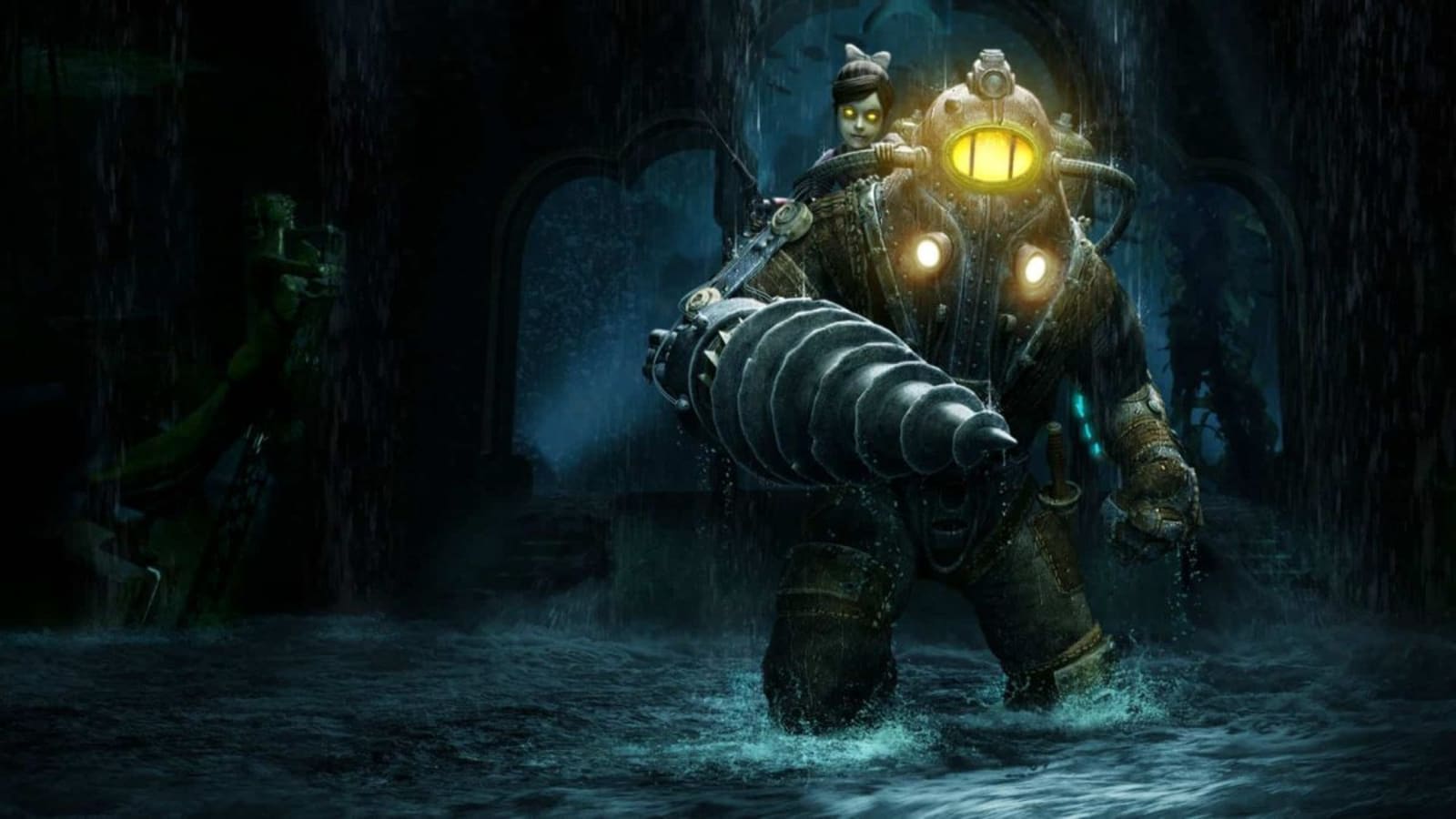
Ever feel like constraints stifle creativity? Think again. If there’s one thing the development of BioShock taught us, it’s that limitations in game design can actually create iconic moments. Case in point? The legendary Big Daddy. Yeah, that hulking, underwater juggernaut with a drill for an arm and the eerie moans of a half-machine, half-tragic-being. Turns out, its design owes a lot to what you couldn’t do rather than what you could.
And no, this isn’t some poetic design philosophy fluff. This is the nitty-gritty of how working with restrictions produced a masterpiece of a character that’s still living rent-free in gamers’ heads over 15 years later.
The Birth of Big Daddy and Game Design Challenges
Game devs like to talk a big game about the freedom of creativity, but the early 2000s were the Wild West of polygons. Graphics were advancing, sure, but budgets and hardware set some pretty rigid boundaries. BioShock’s developers had to go full MacGyver mode with System Shock 2’s dated tech as their starting blueprint.
Can you even imagine being told, “Here’s the deal. You’ve got limited polygons, choppy hardware, and oh, by the way, this game has a claustrophobic underwater setting. Good luck!” The team at Irrational Games didn’t flinch. Instead, they leaned into these limitations like a gamer determined to exploit a glitch.
The result? Big Daddy. You see, they realized that making an underwater utopia meant creating ominous, memorable figures that feel like forceful guardians of Rapture’s Little Sisters. It wasn’t about over-engineering. It was about refining. Big Daddy’s bulky, low-poly original forms weren’t a setback; they were inspiration. By “embracing the suck” (as one might put it), the devs ended up with a chunky, terrifying design that felt almost alien. Oh, and absolutely unforgettable.
Big Daddy’s Functionality Perfectly Matched the World of Rapture
Here’s where we start cutting through the Adam-laden fluff. Big Daddy wasn’t just a design gimmick (did anyone even think that?); it was one of the best assets in the game! Think about Rapture, a city drowning in its own ambition. Everything about Big Daddy screamed dystopia. Its heavy, lumbering movements? Perfectly mirrored the decay of its underwater home. The eerie glow of its portholes? A haunting symbol of its once-heroic, human side now long gone.
But here’s the kicker. Big Daddy wasn’t there to just look intimidating. Its presence was a gameplay dynamite stick. It flipped the script on traditional enemy encounters in FPS games. Remember that first time you accidentally pissed off a Big Daddy and discovered it hit like a concrete truck? Yeah, that wasn’t by accident. The dev team played on your fear and curiosity, making you emotionally invested in every encounter. That’s great design—not flashy for the sake of being flashy, but making you feel something every time you saw one (usually terror, but yeah).
When Limitations Force Game Devs to Get Creative
Game design, especially back in the day, was a balancing act of ambition versus hardware. For BioShock, this meant choosing weighty, significant character designs over intricate, overly detailed fluff that would never run smoothly. It’s a principle more devs should be tattooing onto their workstation monitors.
Here’s a reality check for you: today’s AAA games may have massive budgets and godlike visuals, yet we still occasionally see bloated, unnecessary designs that don’t serve gameplay (cough design bloat cough). The Big Daddy represents everything a generation of gamers loves about BioShock: purposeful, tight design that makes every pixel count.
BioShock’s Big Daddy Proves Restraint is the Real MVP
You can throw all the RTX lighting and 4K resolutions you want at a character, but what gamers will remember is how that character feels in the game. Big Daddy feels memorable because it’s a marriage of gameplay, storytelling, and art direction. It scared us. It made us curious. It occasionally humiliated us in front of a Splicer (don’t lie, you know you made mistakes).
But none of that would have existed if the devs had unlimited resources. It’s proof that sometimes, being forced to “make do” can result in innovation that stands the test of time. Would Big Daddy have been the same if they’d gone full Michael Bay with shiny, high-detail, over-design? Probably not. And frankly, we’re better off for it.
Game Design Takeaway: Limitations Aren’t the Enemy
For aspiring developers out there dealing with setbacks or restrictions, take a note from Irrational Games’ playbook. You don’t need infinite polygons, cutting-edge tech, or endless resources to create something legendary. What you might need is a little ingenuity and a whole lot of purpose.
And for everyone else, the next time you’re running around Rapture getting pancaked by a Big Daddy, remember this one thing: that beast is what happens when you turn “hardware limits” into “design genius.”
More must-reads:
- Mets to promote top pitching prospect for MLB debut
- Bills agree to multiyear extension with Pro Bowl RB
- The '2023 NFL AP second-team All-Pro' quiz
Breaking News
Trending News
Customize Your Newsletter
 +
+
Get the latest news and rumors, customized to your favorite sports and teams. Emailed daily. Always free!








